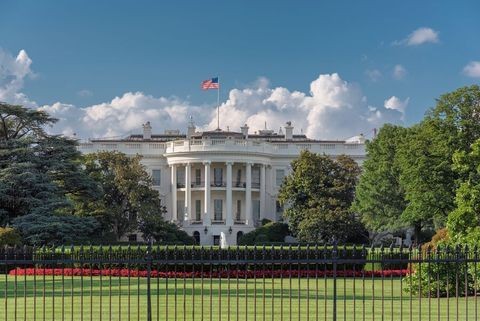Catherine O. Shames
Overview
Catherine O. Shames is a counsel in the Washington, D.C. office of Crowell & Moring, where she is a member of the firmʼs Government Contracts Group.
Career & Education
- College of William & Mary Marshall-Wythe School of Law, J.D.
- College of William & Mary, Mason School of Business, M.B.A.
- Duke University, Sanford School of Public Policy, M.P.P.
- Randolph-Macon Woman's College, B.A.
- District of Columbia
- Virginia
- U.S. District Court for the Eastern District of Virginia
- U.S. District Court for the Western District of Virginia
Catherine's Insights
Blog Post | 08.13.25
Grant Slam: New Executive Order Serves Up Changes for Federal Grants
Client Alert | 1 min read | 08.12.25
Grant Slam: New Executive Order Serves Up Changes for Federal Grants
Blog Post | 07.15.25
Client Alert | 2 min read | 07.15.25
Insights
Grant Slam: New Executive Order Serves Up Changes for Federal Grants
|08.13.25
Crowell & Moring’s Government Contracts Legal Forum
All Together Now: “Many Ways to Calculate Fee After a T4C
|07.15.25
Crowell & Moring’s Government Contracts Legal Forum
Catherine's Insights
Blog Post | 08.13.25
Grant Slam: New Executive Order Serves Up Changes for Federal Grants
Client Alert | 1 min read | 08.12.25
Grant Slam: New Executive Order Serves Up Changes for Federal Grants
Blog Post | 07.15.25
Client Alert | 2 min read | 07.15.25






